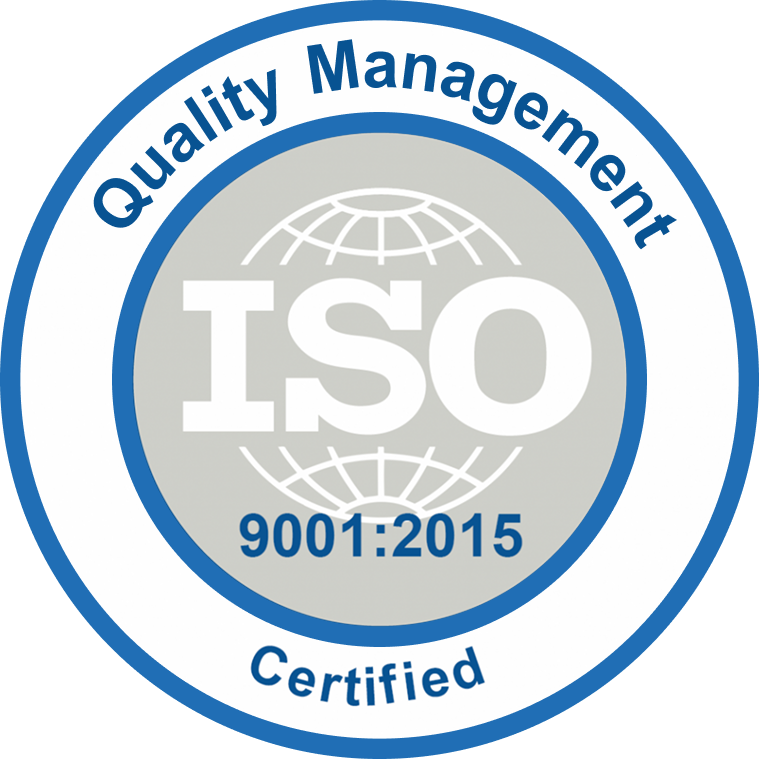To manage critical processes, enterprises of all sizes require systems and applications that can help them communicate with each other. But what happens when you don’t have the needed connection and link between the systems? Different systems for different business processes? How would you manage them separately? Chaos, confusion, gaps, and huge failure with increased vulnerability to data loss, misalignment, and fragmented information tend to become your ultimate result!
But what if you have tools or platforms that can combine and hold all the applications, systems, processes, and workflows together? It will eliminate potential breakdowns and make way for increased productivity with seamless collaboration. It will also help your business to sync the data and allow the processes to work together harmoniously.
That’s exactly what an iPaaS does!
Continue Reading
Holding your enterprise tech stack together and helping you make the most of your integration investments!
What is an iPaaS?
An Integration Platform as a Service helps you connect your on-premises and cloud-based applications, sync the data and improve the workflows. It essentially holds and sews your enterprise technologies together, shuns silos systems, and reduces the obstacle of disparity significantly, giving you a frictionless experience.
Read this article to know the difference between iPaaS and ESB
The benefits of iPaaS for your business!
1. Gives you a unified solution
Consolidate the data, apps, and systems from different sources that otherwise are disjointed. Make access simpler and management effective from a single place.
2. Provides cost efficiency
Reduces your overall cost by optimizing the resources and giving flexibility with the cost structure. With this, you don’t have to hire a developer to code at a hefty price.
3. Increases Productivity
The simple and user-friendly interface helps organizations connect and speed up the linking process across multiple systems thereby increasing productivity massively.
4. Enhanced decision making
By diminishing the gaps and increasing the integration between systems, processes, and applications, iPaaS can help your business take precise decisions.
5. Updates over upgrades
With its automatic and regular updates, you can worry less about the upgrades for leveraging the latest features. You can focus on your business and iPaaS will do the rest for you.
6. Low code No code development
Get yourself going with drag and drop & Point and click capabilities. Use the prebuilt connectors and accelerate your development with zero code requirements.
How to choose the right iPaaS for your organization?
Whether you have a small organization or an established enterprise, in order to grow and make ends meet, all that you’d need is a platform or a tool that will eliminate the silos in the systems and the processes. When you browse through the internet and search for the right integration platform for your business, there are too many suggestions out there. You might be overwhelmed and confused about which one to choose.
Top 4 Integration Platforms for any budget – Check this out for your business NOW
You have got to keep a few elements in mind and here’s how you can select the best iPaaS solution suitable for your business.
Business objective and iPaaS capabilities
Nail down your enterprise integration needs clearly and select the platform that will meet your requirements without any issues. Your business might require EDI in the integration and the platform may not have the required capabilities. Always, check what you need and then cross-check with the capabilities of the platform.
Ease of use
Select the integration platform or tool, that is easy to use and has a simple UI. This way, you can quickly connect the applications and processes and deploy them efficiently. You don’t have to invest in hiring coders as it will be easier for the team to develop the integration and get your business up and running.
Connectors
Choose a platform that has various native and custom connectors capabilities. Assess the platform thoroughly and check the number of connectors and types of connectors available. You will want an integration platform that is future-proof and can withstand the changes and support any future tech trend.
Scalability
Whether big or small, ensure that the integration platform you select should be able to deliver excellent results, based on your business needs. If you are an SMB, you might have a minimal integration requirement, but when you are growing at some point in time you will want more integrations and the platform should support both.
Security
When you have numerous integrations across the applications and processes, your integration platform should be able to protect your apps and systems from malicious attacks. It should meet the industry-specific data security regulations and privacy legislations.
Pricing
Go through the cost and the pricing model before finalizing the integration platform. Pay as per the number of connectors or pay per license, select the one that suits your business needs. But we’d suggest you opt for the one that has flexibility in the payment structure.
Time to wrap!
After so much gleaning, once you finalize the platform, ensure you have a team of experts to get this done for you. You cannot establish the integration platforms on your own and get yourself going. You certainly need platform experts who will make this process seamless without impacting your business.
No matter what complexity or arrangements you have, our team at AVASOFT will provide you with an end-to-end integration solution, helping you consolidate your disparate systems.

